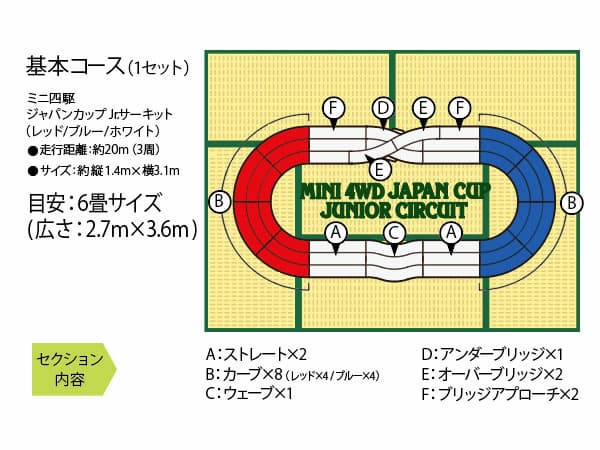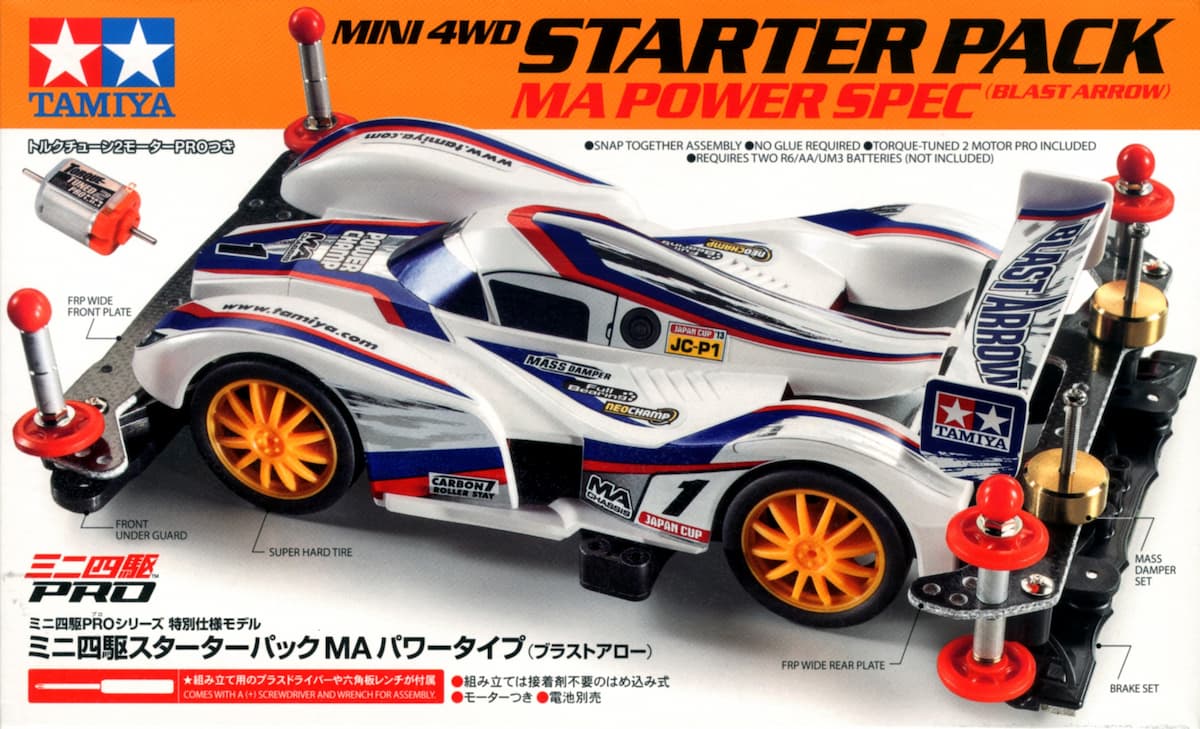The algorithm sucked me into another model craft hobby: Mini 4WD racing (ミニ四駆). A Mini 4WD is a 1:32 scale model that is a mix between slot cars and RC cars. You don’t control these cars with a remote control nor do they drive in an electrified slot, rather you place your racecar in a plastic track with high walls and send them speeding down the track at ~40km/h.
The twist is you don’t know what the track looks like until race day, so you have to be ready to adapt. There might a big jump, moguls, or a tall mountain to climb. Once racers have seen the course, they have some time to make adjustments by balancing engineering choices about weight, power, braking, handling, batteries, downforce, and more. Are you going to make your car lighter and full send it over the tabletops? Or is slow and steady going to win the race? The races are a brief cacophony of slapping plastic and whirring motors but I can feel the electricity of the room through the screen.

Where YouTube hooked me was watching custom 4WD Mini builders like アズパカ, にわから, and ユウタ. They are hellbent on making their cars as fast as possible. In Japanese they call it “タイムアタック” (“Time Attack”). For their time attacks, they use the Japan Cup Junior Circuit (JCJC) course; a three lane track with a wave feature and a wicked lane change from the inner lane to the outer lane that will send light or fast cars flying off the course. The standardized course (and video format1) is where the similarities stop because their cars are anything but conventional.
The videos are all about iteration and experimentation. Testing all kinds of parts and gimmicks like 3D printed chassis, side rollers, battery types, motors, wheels, and downforce options. Sometimes the tweaks are small, sometimes they are radical innovations:
- An entirely “blade” flat chassis
- A chassis with all the weight to one side
- A bendy chassis to bend around corners.
- A chassis with a motor on each wheel
- A chassis with a computer fan in the middle
- A car with knives
- A dual-fan chassis that looks like a GPU.
- A car with model rocket engines!? Why not.
That sort of raw, no-rules experimentation is refreshing to watch. It looks like dumb fun. A reason to own a 3D printer. They experiments don’t always work and will fail spectacularly, but lessons get learned. And if you watch enough videos, you see them getting faster.
- A stock car will complete all three laps in about 5 seconds.
- Cars they made a year ago will go around in 3 seconds.
- Cars they made six months ago, 2 seconds.
- A car from one month ago, 1.63 seconds.
I’m not sure why Mini 4WD strikes such a chord with me. It could be nostalgia for my RC car days as a ten year old. It could be my penchant for Japanese model making. But I probably know what hooks me the most: this is the flavor of engineering optimization work I like to do. Make it lighter, faster, and able to handle bumps in the road. Websites are of course vastly different than mechanical engineering… but the correlation between weight and speed are enough to activate my brain.

So I bought a Mini 4WD Starter Pack (and one for my son) to close the loop on my curiosity. They’re only ~$20, so why not. The hitch in the plan is that a beginner track costs $120. It would nice to have an opportunity to run around a complex track without an upfront cost. My hobby shop used to host races and have a track in-store before COVID, but not anymore. Maybe I can provide this as a service to my kids’ friends… yeah… that’s a good justification.
-
I secretly love the unified video format: a robotic female voice over narrating an engineering process. Don’t mess with success, boys, the formula is working just fine. ↩